Embibe Experts Solutions for Chapter: Wastewater Story, Exercise 1: Exercise
Embibe Experts Science Solutions for Exercise - Embibe Experts Solutions for Chapter: Wastewater Story, Exercise 1: Exercise
Attempt the free practice questions on Chapter 18: Wastewater Story, Exercise 1: Exercise with hints and solutions to strengthen your understanding. THINK ABOVE AND BEYOND SCIENCE PRACTICE BOOKS solutions are prepared by Experienced Embibe Experts.
Questions from Embibe Experts Solutions for Chapter: Wastewater Story, Exercise 1: Exercise with Hints & Solutions
Mohit noticed that his mother is preparing to make finger chips. She requested Mohit's assistance in making finger chips. Mohit was overjoyed, and he decided to assist her. She instructed him to bring some potatoes and properly wash them. He took some potatoes, cleaned them with water and gave it to her mother. She began to cut the potatoes into finger-like shapes while directing him to get the oil from the little can. He took the can, opened the bottle lid, and detected a foul odour. He told his mother that it smells awful. She smelled the oil as well and instructed him to put it down the drain as the oil has gone bad. She then opened up a new packet of oil and used it to prepare fries.
Answer the following questions:
a) Why should oils and fats not be thrown in the drains?
b) What we can do with vegetable-washed water instead of pouring it into the drain?
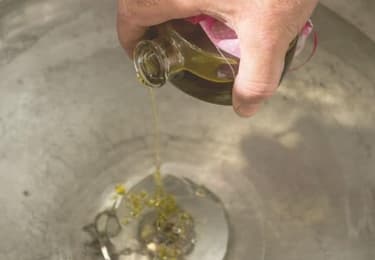
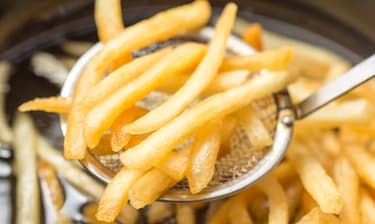
Prakyath resides next to a river. He observed that all of his neighbours' trash was dumped into the river. Prakyath asked them, "Why are you people pouring trash into the river?" They defended their behaviour by claiming that the amount of trash they dump is negligible in comparison to the amount of waste that the nearby factories dump into the river.
a) Are Prakyath's neighbours doing the right thing? Give Reason.
b) Is it possible to reduce the problems relating to disposal of garbage?
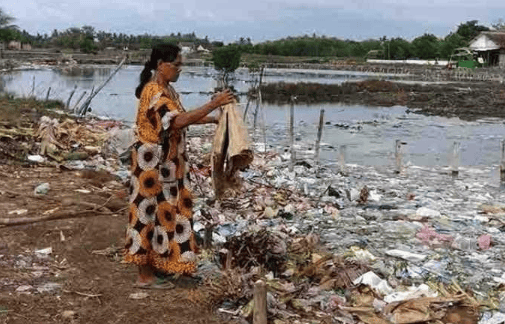
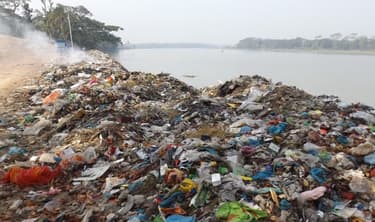
Nitin has recently learned about waste water treatment in his school. His mother took him to a waste water treatment facility. He discovered that waste water containing cans, plastic bags, pebbles, faeces, and rags was moving within the wastewater in treatment plant. The worker said that after a few steps, all pollutants would be eliminated, and the water will be used for other activities.
Answer the following questions:
a) Which part of a wastewater treatment plant removes large objects like cans, plastic packets and rags?
b) How pebbles are removed?
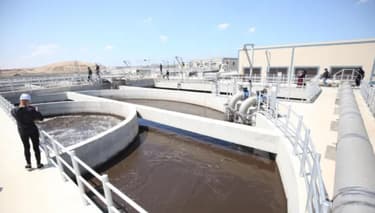
Mohith is a class 7 student, and he is flying with his parents for the first time. After sometime of the flight takeoff, he felt the need to use the restroom, but the thought of human excreta falling outside over someone's body made him feel uncomfortable. He shared this thought with his parents. They conveyed him that in aeroplanes a special type of toilets are used, and the excreta doesn't fall onto the ground. Finally, he agreed to go washroom.
What type of toilets are suitable in aeroplanes?
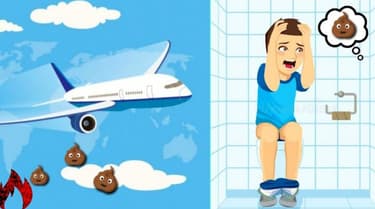
Sanju's family went to a resort this summer's holiday. The resort had a very nice swimming pool and the family had a wonderful time at the resort. One day, Sanju observed that one of the resort's employee was adding some chemical to the pool. Sanju asked about this to his father. His father answered that the chemical was put for purifying swimming pool's water. Sanju still has several questions that his father was unable to answer.
Can you help him clear up his following doubt:
(a) What kind of chemical(s) were put in the pool?
(b) What kind of impurities does these chemical remove?

Santosh is a fisherman and used to go fishing every day. One day, when he reached near the riverbank, he discovered numerous dead fish on the riverbank. This is because factories discharge many chemical wastes into the water bodies. This creates disturbance in the aquatic life and leads to the death of many aquatic animals such as fishes, crabs, etc.

From the above understanding, explain the types of impurities present in sewage.
Sewage is a liquid waste which comes from many activities. The sewage when mixes with water cause water pollution. The polluted water is harmful to humans as well as aquatic animals like fishes. The aquatic life will not get sufficient oxygen gas, and they will not be able to respire properly which ultimately leads to death.

From the above, it is clear that sewage largely consists of wastewater. Where is the wastewater generated?
Asha visited her native village and noticed that most of the houses did not have toilets. The villagers were defecating in open. During monsoons, there was water logging and the faeces got mixed up with water. This water was also getting mixed up with local water bodies used by villagers for drawing drinking water. The villagers were frequently falling ill. Asha explained the harmful effects of open defecation to the villagers and suggested different methods for safe disposal of waste.

From the above, answer the following question.
a. Name any two diseases that villagers must be frequently suffering from?
b. Give any four methods of waste disposal.
